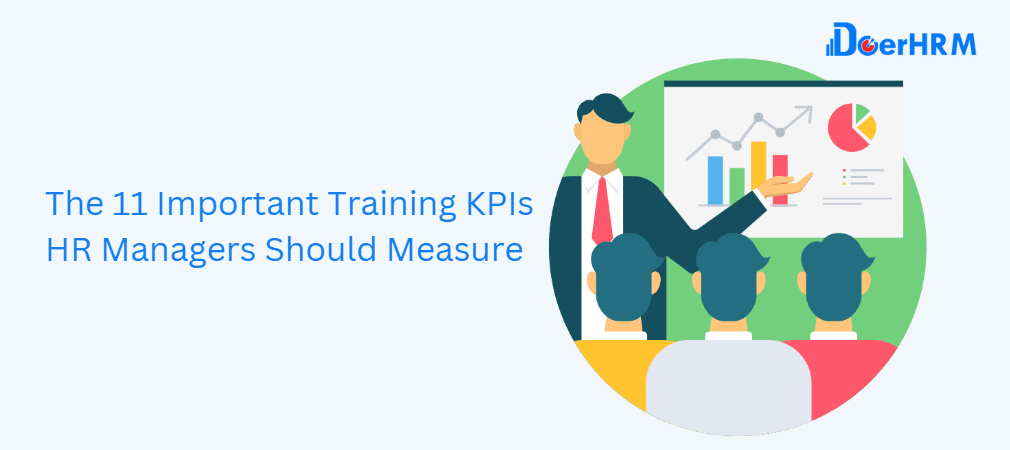
Experience the power of seamless HR management with our free trial - sign up now at https://app.doerhrm.com/app/freeregister !
Download our comprehensive guide to KPI and OKR implementation at https://www.doerhrm.com.my/download-online-kpi-okr-guide/ today.
KPIs, or key performance indicators, are measurable metrics used to evaluate the effectiveness and success of an organization or department in achieving its goals and objectives. When it comes to training, HR managers should measure a variety of KPIs to ensure that their training programs are effective in helping employees acquire new skills and knowledge and that these skills are being applied to their job responsibilities.
Here are the 11 most important KPIs for training that every HR manager should measure:
- Training ROI (Return on Investment)
- Training completion rate
- Time to competency
- Employee engagement
- Skill development
- Manager satisfaction
- Employee retention
- Knowledge retention
- Employee performance
- Learning effectiveness
- Training effectiveness